Despite successful advancements in creating various types of biological robots, a mystery still perplexes scientists. That is, why have we been unable to successfully create a robot that mimics the wing flapping of dragonflies?
The Complex Structure of Dragonfly Wings
The structure of dragonfly wings can be described as an impressive combination of intricate features. The wings have a smooth and rigid surface, consisting of a transparent and elastic membrane. Numerous small, fine particles exist between these membranes, creating complex textures and wrinkles. If you look closely, you will also notice a multitude of extremely small capillary structures on the wings, which enhance stability and flexibility. All these detailed structures work together to allow dragonfly wings to withstand tremendous pressure and vibrations while in flight.
Dragonfly wings can perform rapid and precise flapping movements, which is key to maintaining stable flight in the air. The base of a dragonfly’s wing is composed of a series of contracting and relaxing muscles, and the coordinated contraction of these muscles allows the wings to quickly expand and fold. Additionally, many joints and ligaments on the dragonfly’s wings enable them to rotate flexibly at various angles and directions. This complex and precise wing expansion mechanism allows dragonflies to “dance” in the air with incredible speed and agility.
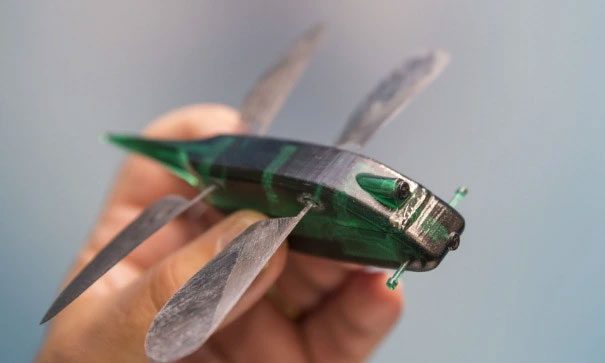
Dragonfly wings can perform rapid flapping movements. (Illustrative image).
Many scientists and engineers have attempted to simulate the structure and function of dragonfly wings for applications in designing artificial aircraft. However, the complexity of dragonfly wings poses a significant challenge.
First, it is difficult to create complex thin-film materials with similar textures and wrinkles.
Second, reproducing the fine capillary structures on the wings requires advanced technology and materials.
Moreover, mimicking the precision and speed of a dragonfly’s wing-flapping mechanism is also a substantial challenge. These limitations mean that the biological design of dragonfly wings remains an unsolved mystery.
The Unique Movement of Dragonfly Wings
The way dragonfly wings move is executed through a series of complex and precise muscular and neural operations. Dragonfly wings are made up of two pairs of independent muscles that coordinate to move the wings up and down. Unlike other insects, dragonfly wings can flap with very high amplitude and frequency during movement, providing them with powerful flying capabilities.
The unique movement of dragonfly wings makes them significant in scientific research and technological applications. First, studying how dragonflies move their wings helps us understand and explain the mechanics of flight in nature. This knowledge plays a crucial role in developing human flight technology and may assist in designing more stable and efficient flying devices.
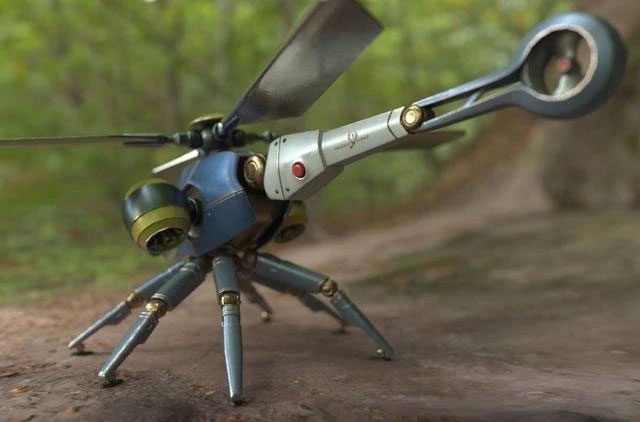
Dragonfly wings can flap with very high amplitude and frequency during movement. (Illustrative image).
The motion of dragonfly wings is also widely applied in robotics. Scientists take inspiration from dragonflies and mimic their unique movements to design robots capable of flying efficiently and maintaining stability. These biological robots play vital roles in areas such as rescue operations, surveillance, and reconnaissance, creating more convenience and safety for humans.
Although the wing movement of dragonflies is very unique, scientists are still working hard to study and replicate it. By conducting in-depth research on the anatomical structures and movements of dragonfly wings, we can discover innovative ideas and technical means to optimize robot designs and improve flight technology.
Manufacturing Technology for Flapping Mechanisms Has Not Met Expectations
Traditional materials such as metals and plastics often exhibit limitations in designing complex flapping mechanisms. They can be too heavy, insufficiently rigid, or cause friction and energy loss. Additionally, current manufacturing processes are unable to meet the needs for creating small and intricate flapping structures. These limitations make it challenging to create an effective flapping mechanism.
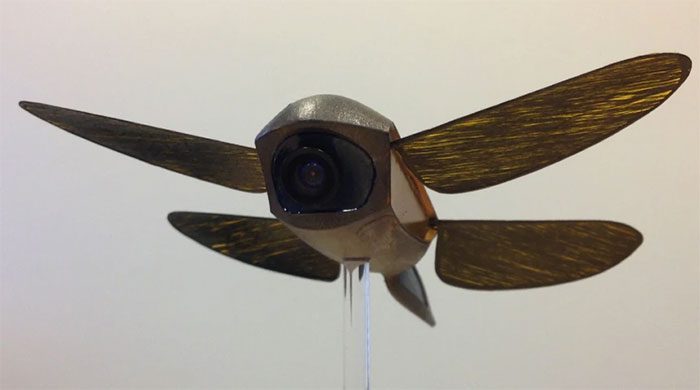
Control technology for flapping mechanisms is also a challenge. (Illustrative image).
Control technology for flapping mechanisms is another challenge. The movement of the flapping mechanism requires precise control to achieve stable flight and maneuverability. However, current control technologies often struggle to meet the demands of controlling complex flapping mechanisms. To achieve efficient flight, the flapping mechanism needs the capability to quickly and accurately adjust the angles and speeds of the wings. This requires advanced control algorithms and precise sensing technology, which current technologies have yet to fully provide.
The durability of the flapping mechanism is also an issue. One of the goals of biological research is to create a long-lasting flapping mechanism to achieve reliable flying capabilities. However, existing materials and manufacturing technologies cannot meet the operational longevity requirements of flapping structures. Challenges faced by flapping mechanisms include material fatigue and loss, as well as structural weaknesses and vulnerable parts during the manufacturing process.
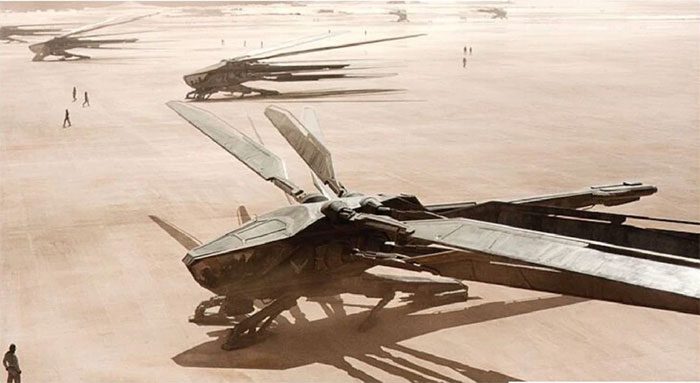
Current materials and manufacturing technologies cannot meet the operational longevity requirements of flapping mechanisms. (Illustrative image).
Practical Applications of Dragonfly Drones Are Limited and May Lack Practical Significance
Limitation 1: Each flap of a dragonfly’s wings consumes a significant amount of energy. Dragonflies possess a large number of muscles in their bodies, allowing them to flap their wings rapidly. However, in robotics, achieving similar flapping speeds requires a substantial amount of electricity. Current energy technologies have yet to provide lightweight, efficient batteries or alternative energy solutions, severely limiting the practicality of dragonfly drones.
Limitation 2: The stability of dragonfly drones presents another significant challenge. Dragonflies maintain stability by adjusting the shape and angle of their wings while flying. However, in the case of robots, accurately mimicking a dragonfly’s flight posture is not easy. Current robotic technology still needs improvement in complex aerodynamics and attitude control, making the practical application of dragonfly drones challenging.
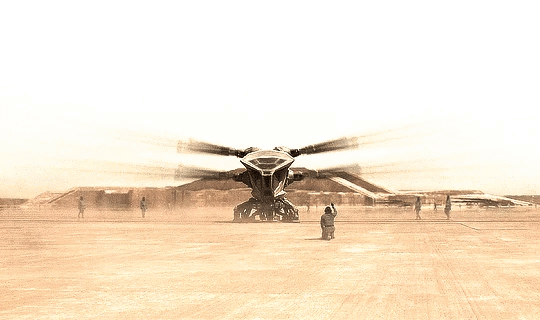
The practicality of dragonfly drones is severely limited. (Illustrative image).
Limitation 3: The body structure of dragonflies is very delicate, allowing them to carry bodies, wings, sensors, etc., lightly. However, transforming this fragile structure into a robot poses a significant challenge. Current technology cannot replicate similar sizes and load capacities, which restricts the practical application of dragonfly drones.


















































